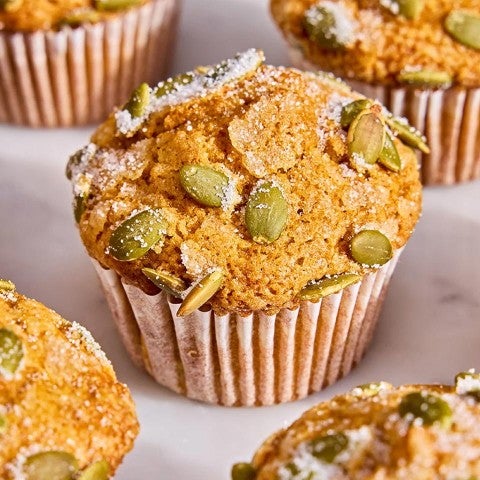Gluten-Free Shortbread
What could be simpler than shortbread? This classic British treat, a tasty combination of butter, sugar, flour, and a touch of vanilla, has been delighting cookie lovers for decades.
We know you’ll love this gluten-free version of our Shortbread recipe, a long-time favorite here on our site. Substituting Gluten-Free Measure for Measure Flour for the flour in that original yields tender, buttery cookies that are sure to be a hit with friends and family following a gluten-free diet. Enjoy!




















